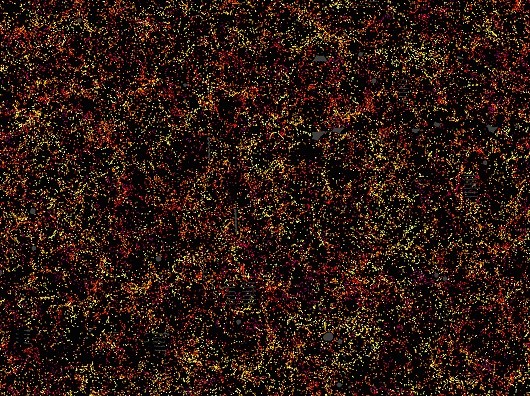More than a hundred scientists have joined forces to build the largest 3D map of the universe to unlock the biggest secrets of the cosmos. More specifically, this massive cosmic map can provide more information about dark energy, which is an invisible and powerful force that is now expanding the universe at unprecedented rates.
Astronomers have mapped he universe based on a great survey of the universe in order to observe how dark energy is changing regions of the known cosmos.
According to co-author of the study, Rita Tojeiro from the University of St. Andrews in Scotland, during the past 10 years, the team have prepared in conducting the largest survey of the universe yet.
Tojeiro explains that the team measured the positioning of more than 1.2 million galaxies seen from more than one quarter of the sky, where they based their three dimensional structure of the universe from there, with an estimated volume of 650 cubic billion light years. This map has also been essential in obtaining the most precise measurements of dark energy and how it drives the expansion of the universe.
This international team of scientists that are led by a British team all helped put together this most intensive map of the universe, that is also based on the Baryon Oscillation Spectroscopic Survey that focused on pressure waves that are observed travelling throughout deep space.
These pressure waves are similar to sound waves that can leave a mark on the universe, as scientists observe and explore those waves in the cosmic microwave background, which is the afterglow imprint or remnant of energies that emerged right after the Big Bang event.
Tojeiro adds that there is a crucial link of these sound wave imprints that are seen on the comic microwave background, which emerged 400,000 years after the Big Bang event and ultimately created clusters of galaxies some seven to 12 billion years later.



























